Last week I had the opportunity to attend ProFood Tech, a trade show for the food and beverage processing industry. I went to experience problems felt by companies outside my sphere of online software businesses. It’s funny though how much is still the same. Same problems. Same worries.
How do we grow this old brand? How have people’s tastes changed? How do we create new products without wasting tons of money?
There was a panel on innovation where three successful and aging brands shared recent successes at creating new products. There’s a lot to learn from them.
Bud Light
The CEO of Anheuser-Busch was visiting Asia when he noticed folks were pouring beer over ice. He immediately called his VP of Innovation, Pat McGauley, and asked for his team to figure out what was going on here. Was this a trend they could exploit?
The call was on a Friday. By Sunday, Pat was testing beers over ice with impromptu focus groups from the tour of the Anheuser-Busch plant in St. Louis. (I’ve been. It’s a great slice of American history.) Pat served beers over ice and got people’s impressions.
Everyone hated it.
This wasn’t going to work.
But Pat didn’t want to end up with a disappointing dead end for his boss, so he kept his team on the problem. If beer over ice doesn’t work here with US drinkers what would?
They came up with a margarita flavored malt beverage called a Lime-a-Rita and it blew up. Two years after launch the beverage was making $498 million in sales and commanded 28% of the flavored malt-beverage market (Adage).
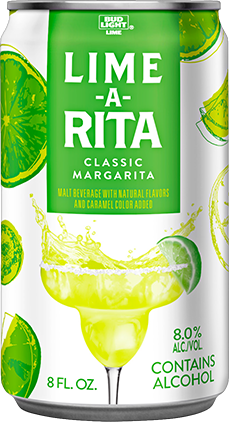
Takeaway: I’m impressed by how fast Anheuser-Busch is getting experiments in front of new customers. They don’t let a formal process get in the way. They know they have customers walking through their doors every day on these tours, why not take advantage immediately of that signal and start using it. Too many companies waste countless time debating their experimentation process only to come up with the same result: the original idea sucks and they have to go back to the drawing board.
If a giant behemoth of a company like Anheuser-Busch can test out new product ideas in front of people this quickly, what excuse do you have?
Also worth taking away from this story is how margaritas weren’t actually new territory for Anheuser-Busch. They created a margarita mix years ago and it failed miserably. They sold it alongside the more popular margarita mixes copying every attribute they could: even the bottle design. The purposefully tried to blend into the current market and paid the price.
This time they made an effort to stand out. Get out of the mixed drink aisle and get in front of beer drinkers or people looking for a beer alternative.
Sometimes your product idea isn’t growing because you’re simply selling it in the wrong aisle.
It’s a task I’m working on actively at Highrise with some interesting results. How do we get out of the CRM ‘aisle’ with hundreds and hundreds of competitors?
Wheat Thins
Linda Lee, the CMO of Stonyfield Farm, shared her experience with Wheat Thins while she was still a Sr. Director at Mondelēz International, which owns the Nabisco brand.
Linda was in charge of Wheat Thins, and things weren’t going well. Over a decade Wheat Thins had seen decline. How could they fix this?
One thing Linda realized was the category of healthy snacking was actually growing. So something must be wrong with Wheat Thins itself. Knowing that helped them focus.
She realized the problem stood out right from the name: “Wheat”. Wheat isn’t trendy. Avoiding gluten is trendy. For example: 1 in 5 Americans are now trying to avoid gluten in their diet. (Thanks Bill Winterberg for the stat.)
Linda realized that if they could create Wheat Thin-esque crackers out of alternatives like rice and potato she might have a hit. So they created Good Thins. A nod to the quality, taste and texture of Wheat Thins but with trendy ingredients. And the product has taken off.
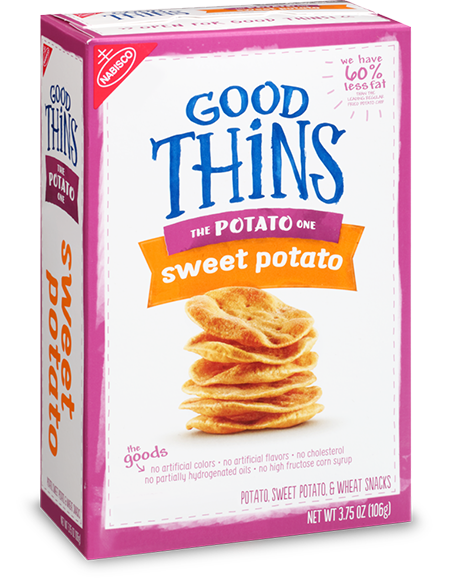
Takeaway: Linda studied not just her product but the whole category of products to figure out where the problem was. If you just focus inward you might not understand if it’s actually you or the market. For example, a Fax machine business today might mistakenly think their Fax machine doesn’t do enough; “let’s add more features.” But if you look at the market you realize Faxing as a category isn’t growing. Then you know it’s not just your product. You need to think about making more foundational changes. But if the market is growing, and you’re not, your focus changes. It’s you. Not them.
Which frees up your resources to focus on the right things to fix.
Butterfinger
Nestle who makes Butterfinger was seeing global sales slump and wanted to come up with something new. Jeremy Vandervoet, Director of Marketing, was in charge of a turnaround.
One day Jeremey was searching through Pinterest as an early user of the platform and something struck him about his search for “Butterfinger”. People were posting tons and tons of recipes for dishes made with Butterfinger: cakes, muffins, cookies, you name it.
Jeremey had the insight of his career. Butterfinger isn’t just a candybar to their customers. It’s an ingredient.
So armed with this information, Nestle decided to take on a candy that no one ever dares to: Reese’s Peanut Butter Cups. Reese’s is the best selling candy in the US with annual sales of ~$2 billion. People love their peanut butter cups. And the category got complacent.
Until Jeremy came along. In 2014, Nestle launched their Butterfinger Peanut Butter Cups. The first difference you’ll spot is a rounded square instead of a perfect circle. But the main difference you’ll taste is a peanut butter cup with a unique crunch to it from Butterfinger pieces inside.
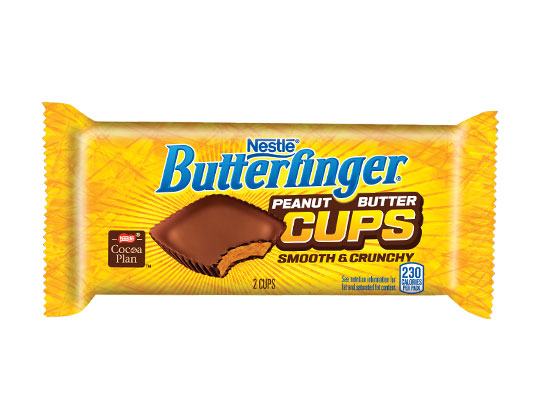
It was a hit.
“[Butterfinger cups] has become the №1 launch in the history of Nestle U.S.A.’s confections and snacks division,” Tricia Bowles, manager of division and brand affairs at Nestle, told Food Business News.
It’s been so successful Reese’s is now trying and succeeding with their own comebacks at the “crunchy peanut butter cup.”
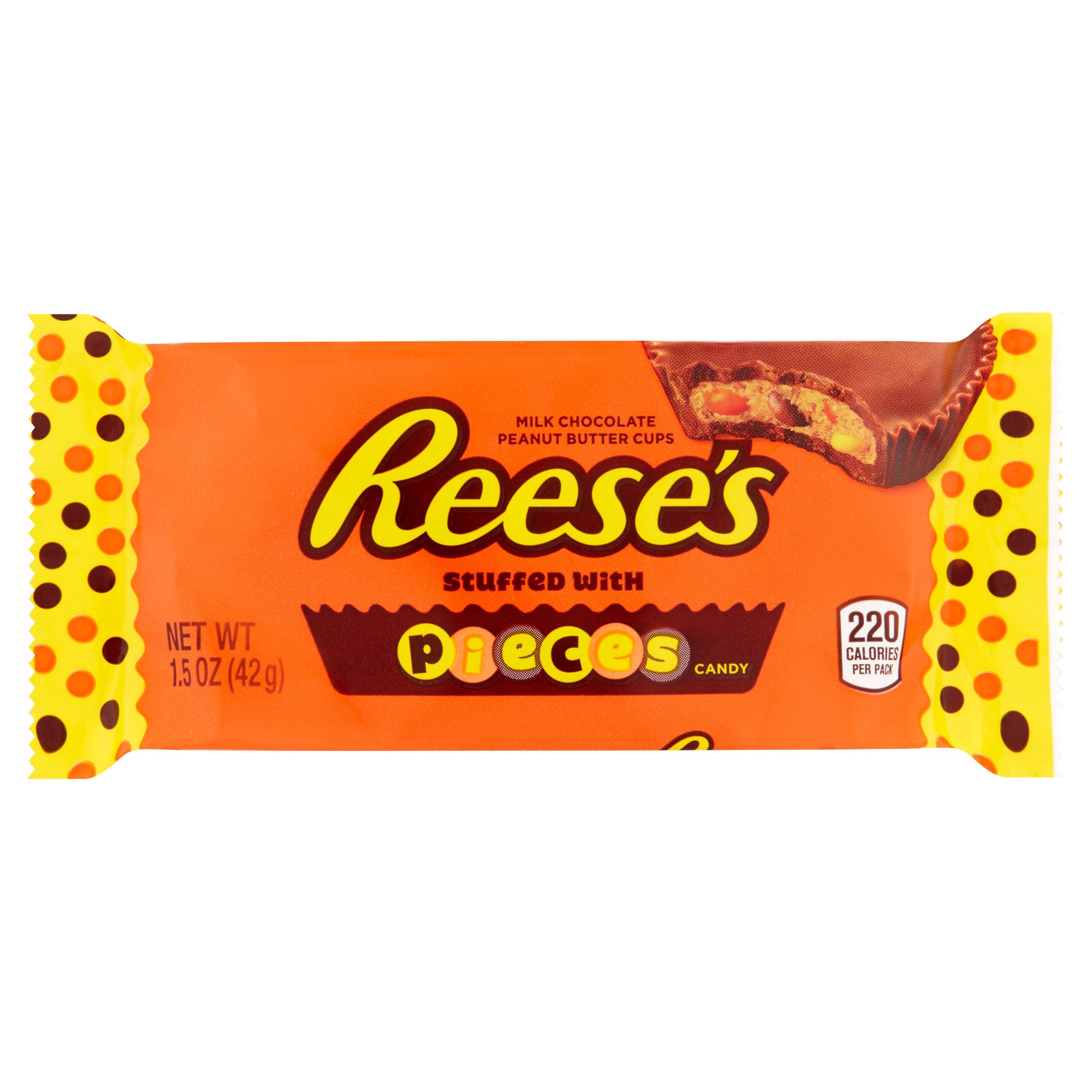
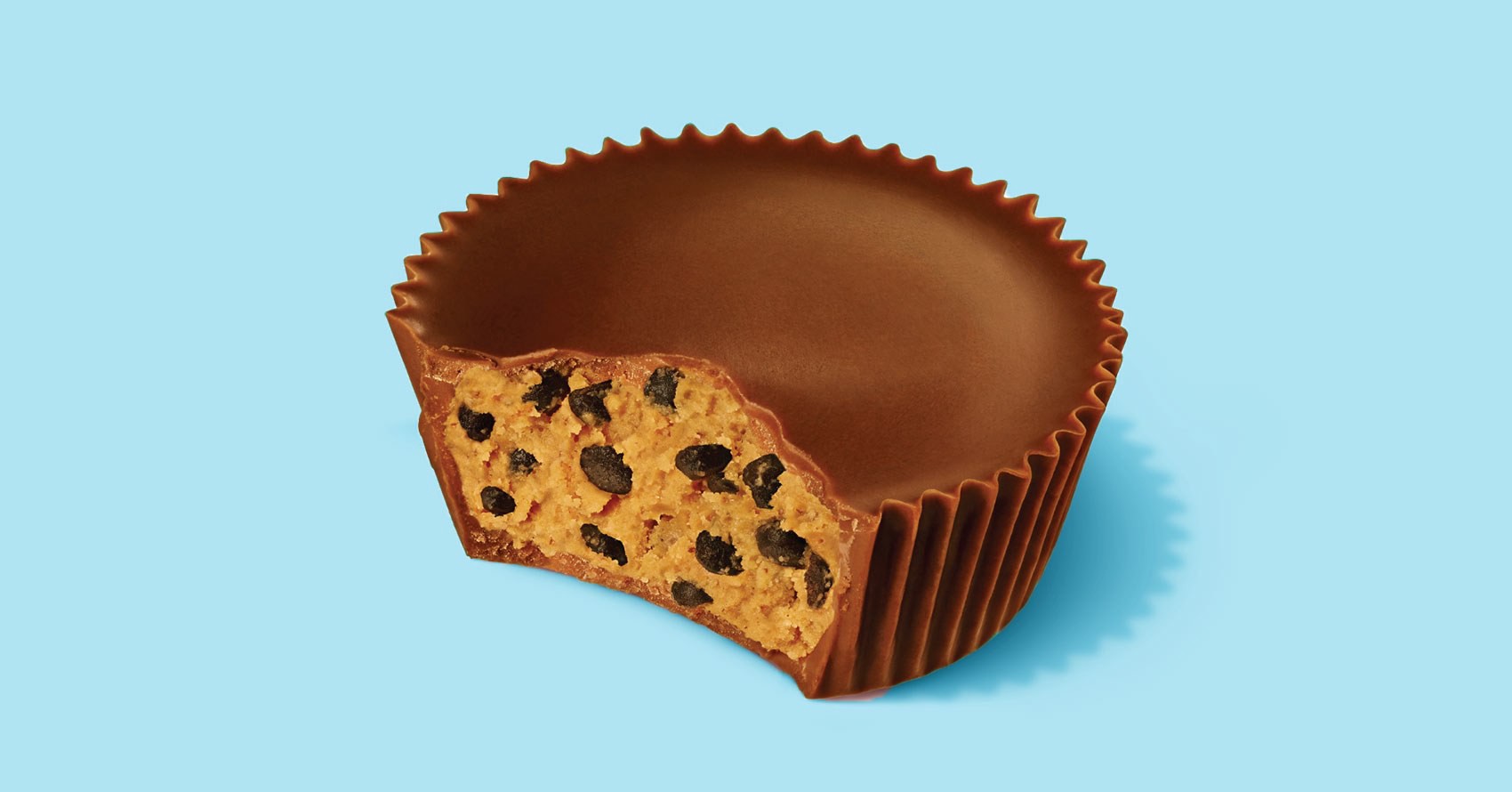
Takeaway: Jeremy was able to look at his product more objectively than most. It’s not what you think your product is, it’s what your customers think your product is.
You start doing research like Jobs-to-be-Done interviews. You start watching customers and learn how they use your product in weird and unintended ways. You might just realize you made a thing that works rather differently than you planned for. But you can likely harness that other perspective and make it work for you.
Here at Highrise, the use we’re seeing isn’t of the “unintended” variety, but definitely in a place we haven’t paid much attention to: trade shows. Hence my work like attending ProFood Tech to uncover more of what makes trade shows tick.
None of these stories made it seem like these tasks were easy. But sometimes reaching outside of your core industry is also a great way to inspire some new thinking and ideas.
P.S. If you enjoyed this article, please help spread it by clicking that ❤ below. And you should follow my YouTube channel, where I share more about how history, psychology, and science can help us come up with better ideas and start businesses. And if you need a simple system to track leads and follow-ups you should give Highrise a look.


